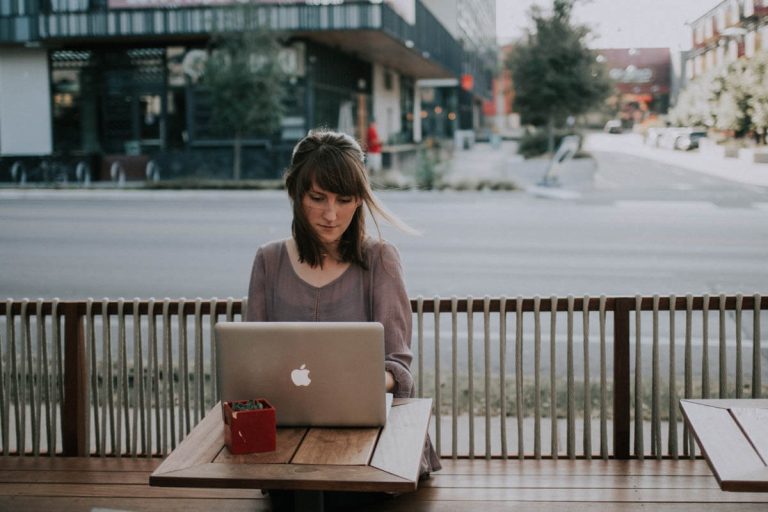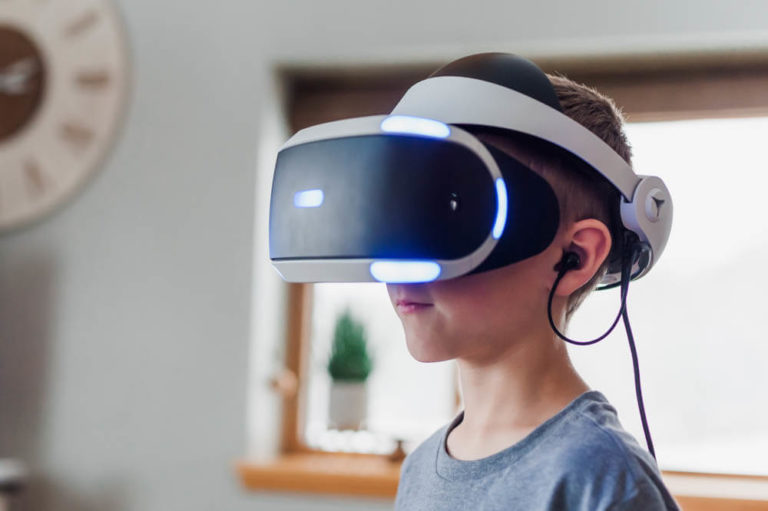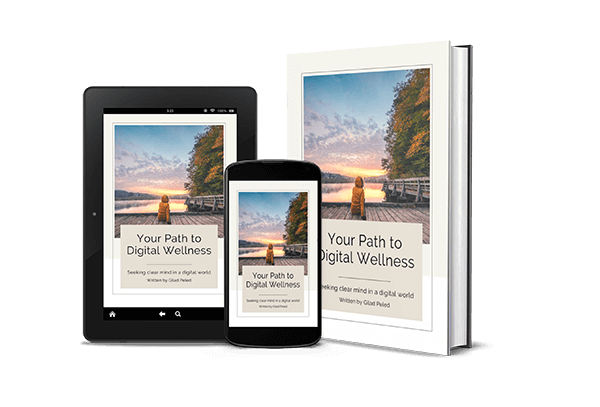If you clicked on an article titled “digital detox” you are probably aware of the fact that changing our screen habits is very difficult. The digital world follows us wherever we are. While at work or school, while driving (oh god) or using public transportation, while spending time with friends, having dinner with family, and in our intimate bedrooms, how ironic.
Whether we like it or not, the bustling and everyday digital world has become an integral part of our lives, our studies, shopping, communication, relationships, and leisure.
Take a moment to look at some interesting stats.
Digital technology is integrating into our lives at a faster rate than we are evolving. Therefore, it is no surprise that we are experiencing side effects, addictions, and negative habits as we move forward.
It’s the 21st century, and the digital revolution has been here for quite a time already.
I bring up our complexity and friction with technology not to make us feel guilty, but simply to emphasize the fact that it is very difficult to change habits when most of them are intertwined with each other and triggered by digital triggers, or at least ones that are associated with our digital experiences.
While you can reduce gradually, it is obviously not suitable for everyone to take a continuous break for a week or more. There are, however, some things you can only discover when you disconnect fully. Digital detox is one way to understand the price we pay for our screen time and regain quiet and nourishment.
What is a digital detox?
The act of digital detox involves temporarily withdrawing from digital interfaces of all types.
By taking a break from our digital life, it is possible to observe and transform negative digital habits, to remind ourselves of the things that nourish us outside of the digital space, to gain more control over our attention, and to gain a new perspective on our relationship with the digital world.
It has been my experience that after a period of complete disconnection, it is much easier to form new habits and produce healthier behavior with technology over time.
Life in balance
In the modern world, our lives are a constant struggle between internal and external forces. We need to wisely manage our resources (attention, time, money) for the benefit of our physical, mental, and spiritual health.
A daily effort is required to change habits and practice awareness, to create new resources, and to re-calibrate our internal compass so that we can navigate this hectic life with a little more balance.
Make no mistake, I’m in favor of everyone doing their best for their well-being. But I think that digital detox is a great privilege and not an obligation. This is for anyone who begins to understand and feel the digital load and wishes to return to the realm of peace.
Some detox highlights
Before the detox
As with diet detoxes, it is normal to prepare your body and mind before the actual process begins. Preparing for the detox will soften the experience. We should complete many detox-related activities in advance so that we can focus on the experience during the detox itself.
Write down your reasons for going through the process. You should put what you write in an accessible, visible place during the preparation period.
You can start by observing those habits that you would like to change. Observe them without trying to change them. I suggest taking the time to track your screen time and keeping a distraction diary.
It is important to design specific guidelines. Most of us will not be able to abandon our smartphones entirely. We should be clear about what we allow ourselves or do not allow ourselves to do in order to prevent distractions.
Rules for example:
- Check the email box only once in the morning.
- Don’t enter the bathroom or bedroom with a phone.
- Don’t use the phone before 10:00 in the morning.
It is worth stretching your mental capacity little by little. In my experience, you quickly see the positive effects of cleaning and everything becomes easier. Leave your phone on silent and out of reach for fixed periods of time and turn off unnecessary notifications on your mobile phone and computer.
You should also inform relevant people that you are going to participate in the detox, whether it is to encourage family members to support or coordinate expectations with clients and colleagues.
During the detox
It is recommended to think actively and practically about what we would like to accomplish with the time we have available. This includes understanding and deciding what to reduce and what to avoid. The detox period is a perfect opportunity to spend time with your family. You can visit friends you haven’t seen in a while, indulge in hobbies you neglected over the years, etc.
There are also other practices that are recommended that restore balance to the mind, nervous system, and attention. Walking barefoot in nature, yoga, meditation and other practices that facilitate connection with our inner voice are just a few examples. It is also an excellent opportunity to pay attention to our sleeping habits and the quality of our diet.
Self-compassion is another quality that deserves to be practiced. I find it very meaningful for life in general as well as for situations like this. The purpose of our training in everything related to changing habits and achieving digital wellness is not to be perfect monks who can live fully disconnected from technology. Instead, we need to be able to return to our path quickly and easily when we stumble and lose focus.
In the case that you broke a rule you set for yourself and pulled out your phone in the middle of the day out of frustration, the invitation is to simply observe and feel those emotions in action, and return as quickly as possible to practice.
After the digital detox
If you have gracefully and successfully completed the digital detox, you have reached the addictive realms of peace. This space is priceless and deserves the utmost respect.
I recommend returning to digital use gradually. Examine all the things you retired during the detox process. Regarding each of the things, I suggest asking the following questions:
- Is it nourishing for me? Does it have a price?
- Does the benefit outweigh the cost?
- Is there anything else I can do or use to get the benefit at no additional cost?
- How do I prevent returning to the negative habits that preceded the detox?
The purpose of a digital detox is to preserve as much wisdom as possible, so these are only a few examples of the many questions that can be asked.
Another suggestion is to anchor yourself in your routine, through habits or commitments to yourself or others – all those things that were neglected over time and brought you joy and fulfillment during the cleaning process. You may want to schedule regular times for a practice that has been beneficial for you, such as meditation. Establish a morning routine that will support your newly adopted lifestyle.
What if I don’t have time for a long digital detox?
For a full decluttering benefit, I stand by what I said – creating a continuous break is crucial. For those who do not have the time, even a digital sabbatical or a whole weekend once in a while will be significant. Even a short but constant pulse of meaningful detachment gives me space to think and breathe.
OK, so where do we begin?
There is a lot of information here on the blog that can help you plan and carry out such a cleaning for yourself. Another idea would be to do it together with friends. This way, you can share it with someone when the rest of the world is glued to their screens.
Wishing you a very meaningful experience.
If you have tried it, please let me know how it went.





